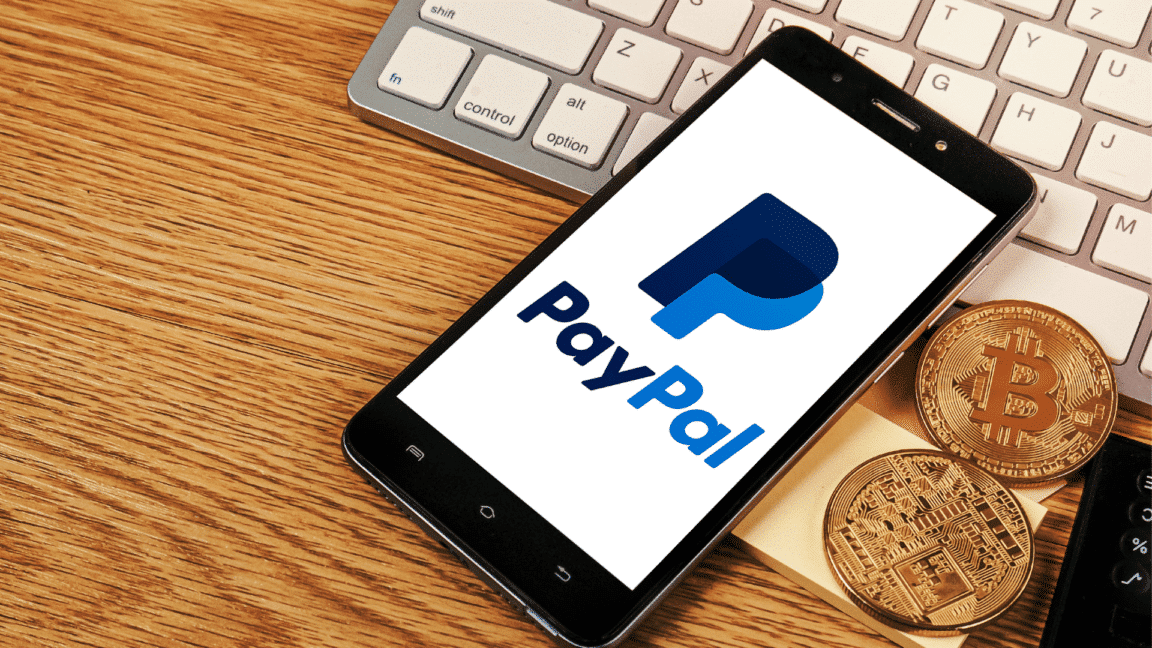If you want to learn how to fix the error 403 forbidden Paypal issue, follow our step-by-step guide to resolve the problem and regain access to your PayPal account.
Paypal, the digital wallet, is a revolutionary method for online transactions and a true game-changer in the world of finance. With just a few clicks, you can send money to friends and family and pay for goods and services. While doing a transaction when you suddenly get an error 403 forbidden Paypal issue is one of the most horrifying things for users and moment to panic because they do not know what to do in this situation or how to resolve it but do not worry, go through this article and you will find a solution to your problem.
Paypal is a platform that provides seamless integration with online merchants and platforms that have made it easy for users to shop, sell, and transfer money without ever leaving their homes. Because those days are gone when people had to wait in line for checks to clear or fight with cash registers. Moreover, with Paypal’s mobile application, it is easy for users to manage their accounts and make transactions from anywhere in the world. Whether at the grocery store or on vacation, you can always stay on top of your finances with Paypal.
Paypal is a full package for users, which is a very convenient, secure, and efficient way of managing your money. With PayPal, the world of finance has become smaller and more accessible to everyone. Anyone can easily shop, sell, send and receive money from anywhere in the world.
So, if you are facing the error 403 forbidden Paypal issue, then you do not have to worry about it. In this article, we will teach you how to resolve error 403 forbidden Paypal issue, with simple and easy instructions.
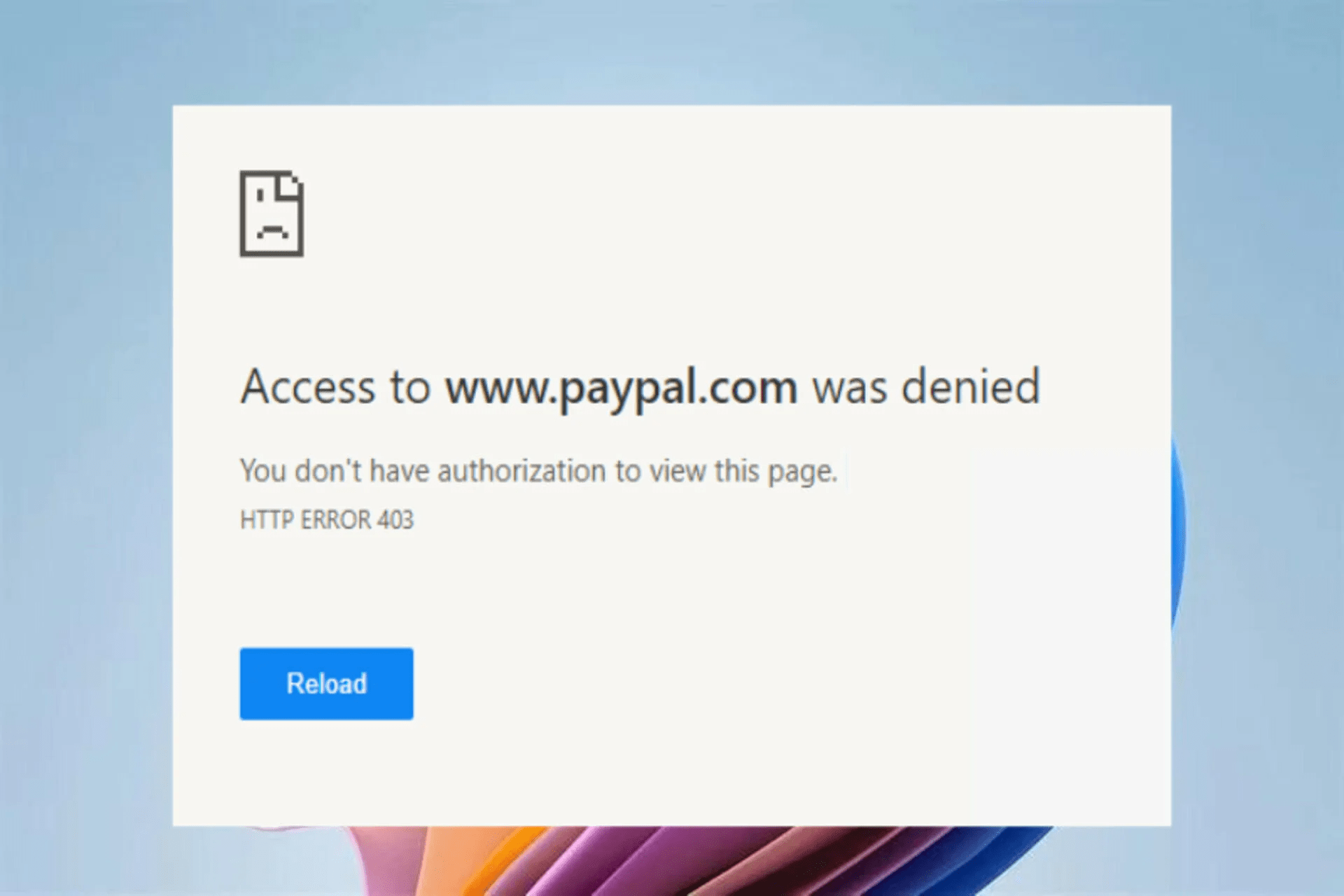
As you try to do the transaction through your PayPal account online, you may find yourself staring at a screen showing the message “error 403 forbidden Paypal”. This issue in PayPal is a roadblock, which is blocking your users from accessing their funds and completing transactions and users will feel frustrated, confused, and powerless in the face of this technological glitch.
But users do not have to fear it; we know that the error 403 forbidden PayPal issue is frustrating but this is not the end of the road. When you face this issue, It simply means that your PayPal account has detected something amiss in your account or with the transaction you are trying to complete. It could be something as simple as an incorrect password or a problem with your account’s security settings.
The solution for the error 403 forbidden PayPal issue is simple; you can check the account credentials, check if the login credentials are correct, and try again if the error persists. You can reach out to Paypal customer support, and they will help you out with the problem. With a little patience and some effort, you will be back to buying and selling in no time. So do not let this error stand in your way, and remember that there is always a solution to every problem.
Why Can’t You Access Your Paypal Account?
There are several reasons why an error 403 forbidden PayPal occurs during the transaction; here are some reasons are given below for you to know more about the error 403 forbidden PayPal issues.
1. Incorrect Login Credentials
Error 403 forbidden Paypal issue can occur when login credentials are incorrect because the Paypal servers cannot verify the user’s identity. When a user attempts to log in to their Paypal account, the login credentials are sent to the Paypal servers for authentication. Suppose the credentials do not match an account on the Paypal servers. In that case, the server will return a 403 forbidden error, indicating that the user is not authorized to access the requested resource. (Fix 1)
2. Account Limitations
Account limitations can cause an error 403 forbidden Paypal issue that will prevent users from accessing certain features or functionality of the PayPal account. If PayPal limits the user’s account due to any suspected fraud or a violation of PayPal’s terms of service, the user may be unable to complete transactions or access the website.
So, when the user attempts to access a restricted account, the servers will return a 403 forbidden error PayPal issue, indicating that the user is not authorized to access the requested resource. Other PayPal account limitations may include restrictions on sending or receiving funds, withdrawal limits, or access to certain features like PayPal’s API. (Fix 2)
3. Security Settings
Security settings can cause an error 403 Forbidden Paypal issue by blocking the user transaction for security reasons. For example, if a user has enabled two-factor authentication on their PayPal account for security reasons and attempts to access their account from an unrecognized device or location, the PayPal servers will return a 403 forbidden error, indicating that the user is not authorized and the transaction will not be completed.
Furthermore, PayPal’s security settings may also include IP blocking, which can block access to certain IP addresses or ranges of IP addresses. (Fix 3)
4. Invalid IP Address
An invalid IP address is a reason that can cause error 403 for forbidden Paypal issues. Paypal has certain security measures to block IP addresses or ranges of IP addresses for violation of terms and suspicious activities. So, when a user attempts to access the PayPal website from an IP address that is on this blocked list, the PayPal servers will return a 403 forbidden error, indicating that the user is not authorized to access the requested resource.
Moreover, this can occur if the user is using a VPN or proxy server to access the website or if the IP address has been flagged as a potential security risk. (Fix 4)
5. Browser Settings
Browser settings can also cause an error 403 forbidden PayPal issue if the user has browser extensions or settings that block cookies, the PayPal website may not be able to access the user’s account information. This can prevent the user from logging in to their account or completing transactions. Other browser settings that can cause this issue include ad-blockers, privacy settings, or browser-specific security settings. (Fix 8 and 5)
6. Server Issue
Server issues can cause error 403 forbidden Paypal issue. When the Paypal servers are down for maintenance or experiencing technical difficulties, the user will not be able to access their account or complete transactions. This will cause the PayPal servers to return a 403 forbidden error.
Other server issues can cause this error, including server overload, network outages, or issues with the server’s configuration. In some cases, it could also be caused by a problem with the user’s internet connection. (Fix 7)
How to Fix the Error 403 Forbidden on PayPal? Here are 10 Fixes!
Here are solutions that may help resolve a PayPal 403 forbidden error:
1. Check Your Login Credentials
Ensure that you enter the correct email address and password for your Paypal account. If you have forgotten your password, you can reset it. To check your login credentials to resolve a PayPal error 403 forbidden, you can follow these steps:
- First, go to the website of PayPal and click on the “Sign In” button.
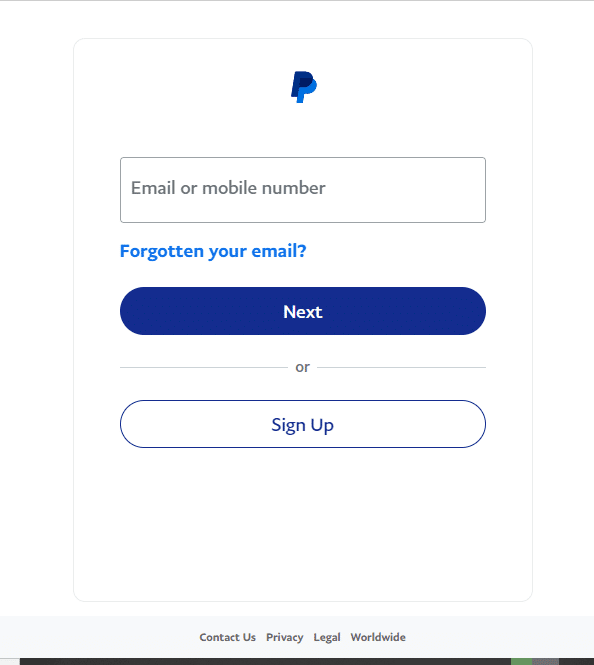
- Then, enter your email address and password in the required fields.
- Now, click on the “Log In” button.
- If you receive an error message, check that you have entered the correct email address and password.
- If you have forgotten your password, you can click on the ” Having trouble?” link and follow the guided steps to reset it.
- Once you have entered your correct login credentials, click on the “Log In” button again.
- Lastly, make sure to check for any typos in the email address and password.
2. Check For Account Limitations
Log in to your Paypal account to check if any account limitations may be preventing you from accessing certain features or functionality of the website. To check for account limitations that may be causing the PayPal error 403 forbidden, you can follow these steps:
- First, you need to log in to your Paypal account.
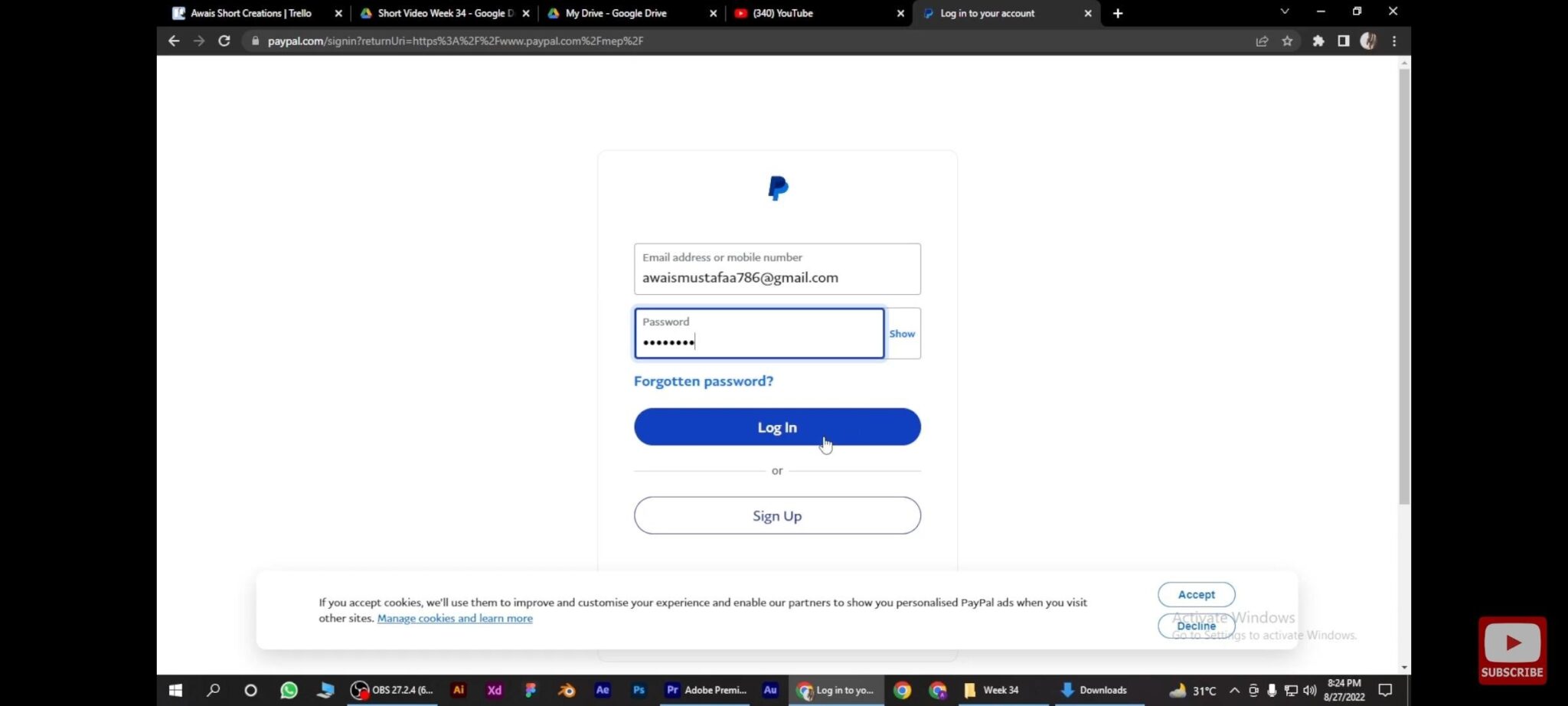
- Then, click on the icons of “Settings” on the top right of the page.
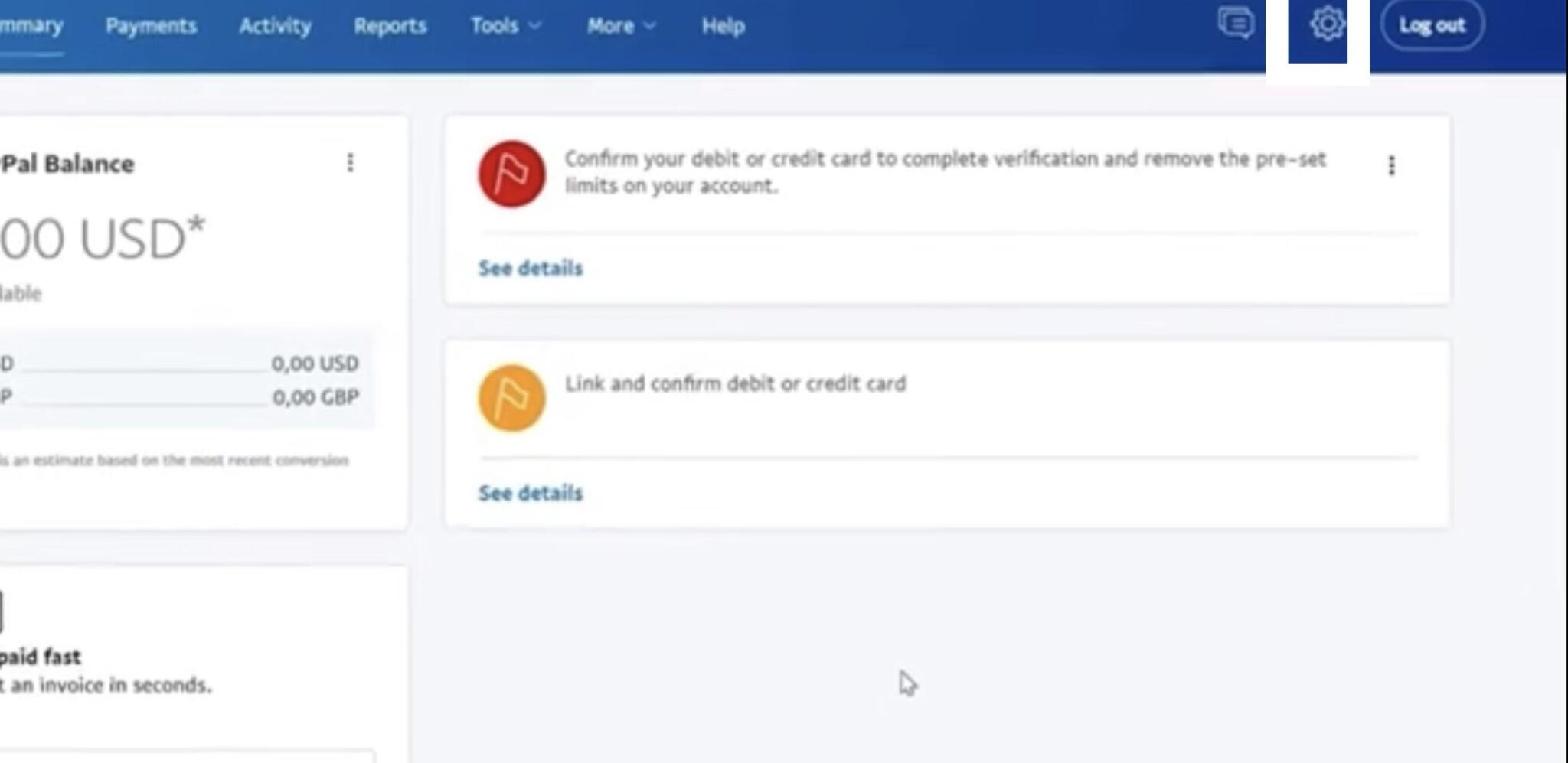
- Now, scroll down to the “Account Access” section for the “Limits”.
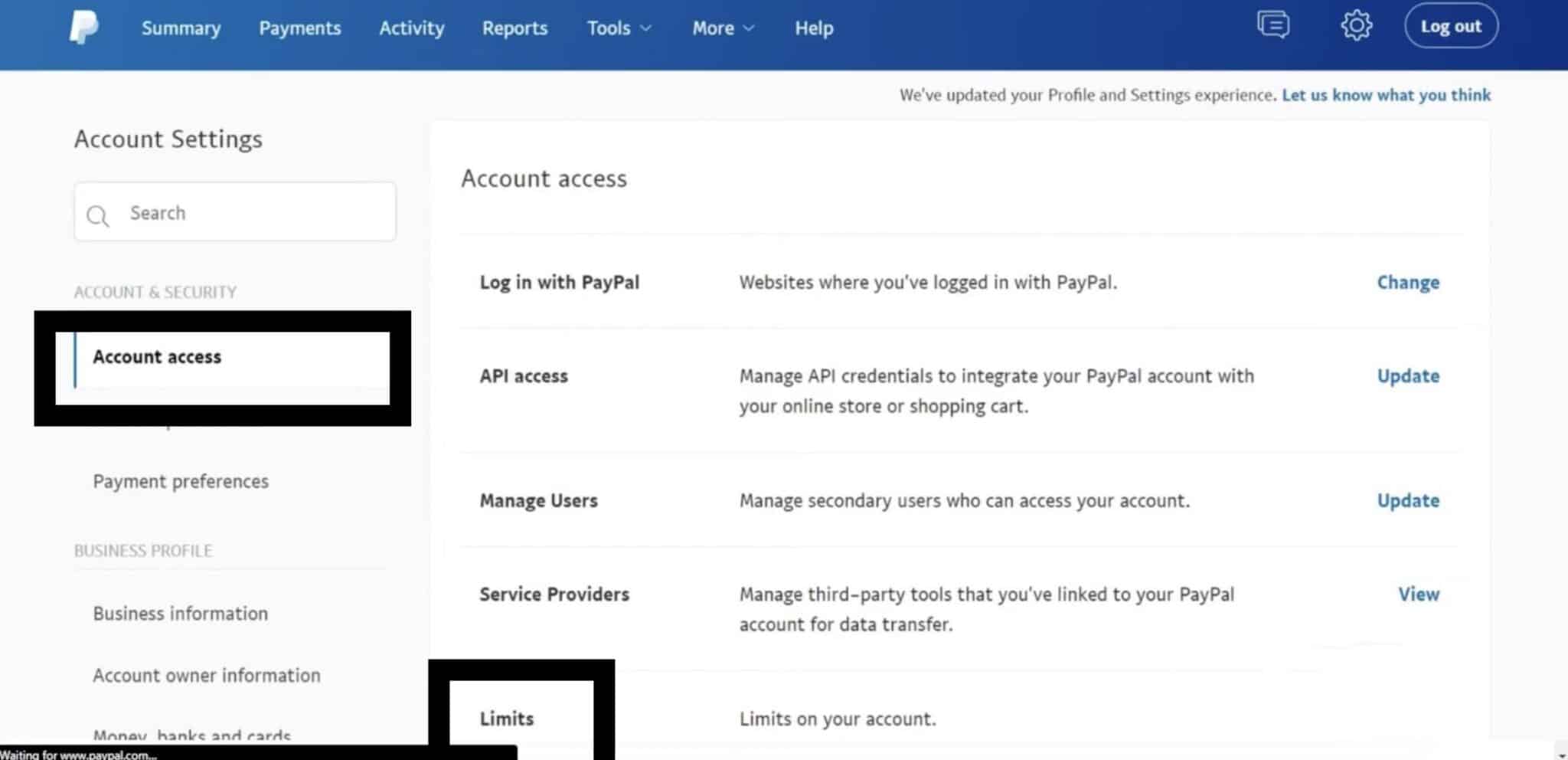
- Then, review the information in the “Account Limitations” section to see if there are any restrictions that are preventing you from doing transactions.
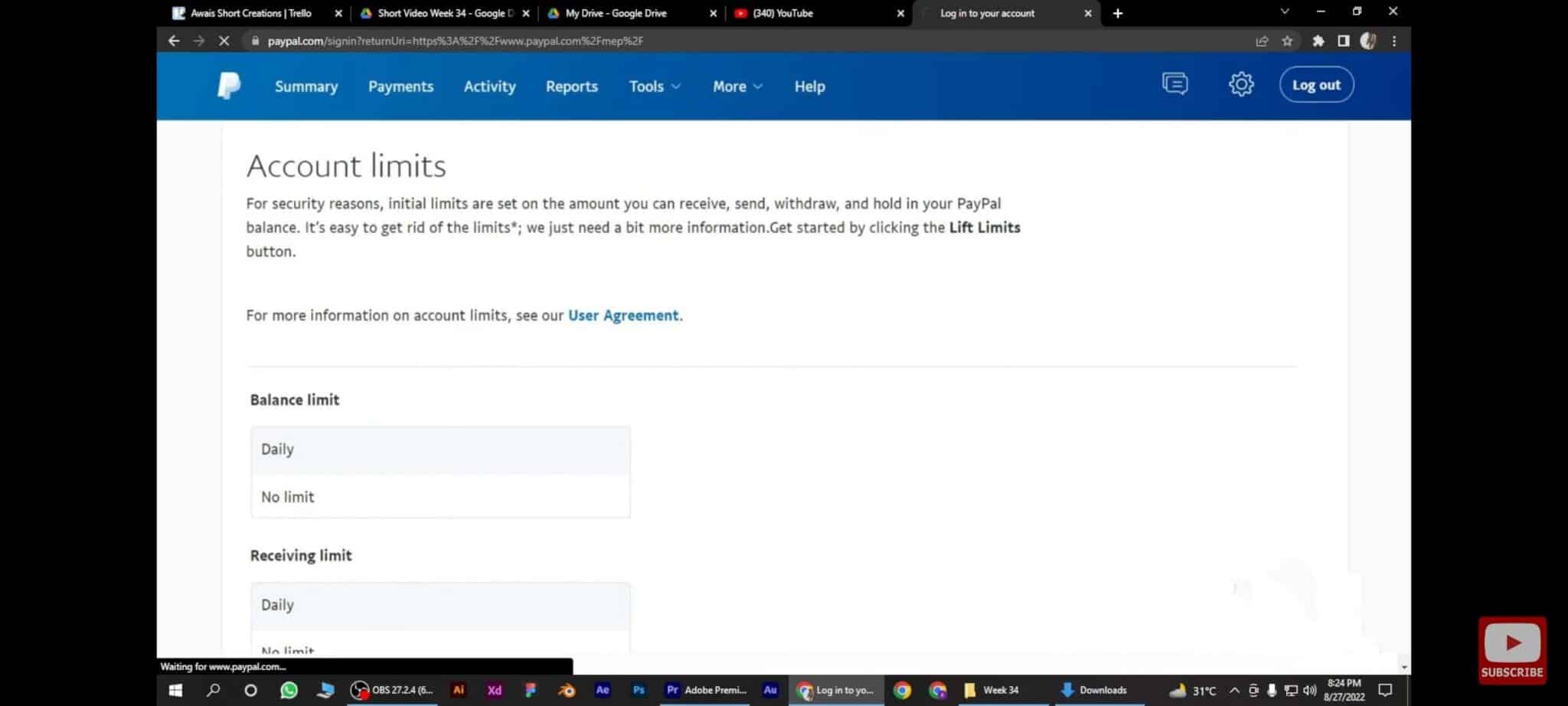
- If you see any limitations on your account, Paypal will provide the reason for the limitation and what action you need to take to lift the limitation.
- In the end, make sure to check for any limitation due to suspicious activity or violation of PayPal’s terms of service.
3. Check Your Security Settings
Ensure that your account’s security settings, such as two-factor authentication, are not preventing you from accessing the website. To check your security settings to resolve a PayPal error 403 forbidden, you can follow these steps:
- First, log in to your PayPal account.
- Then, click on the “Settings” icon on the top right of the page.
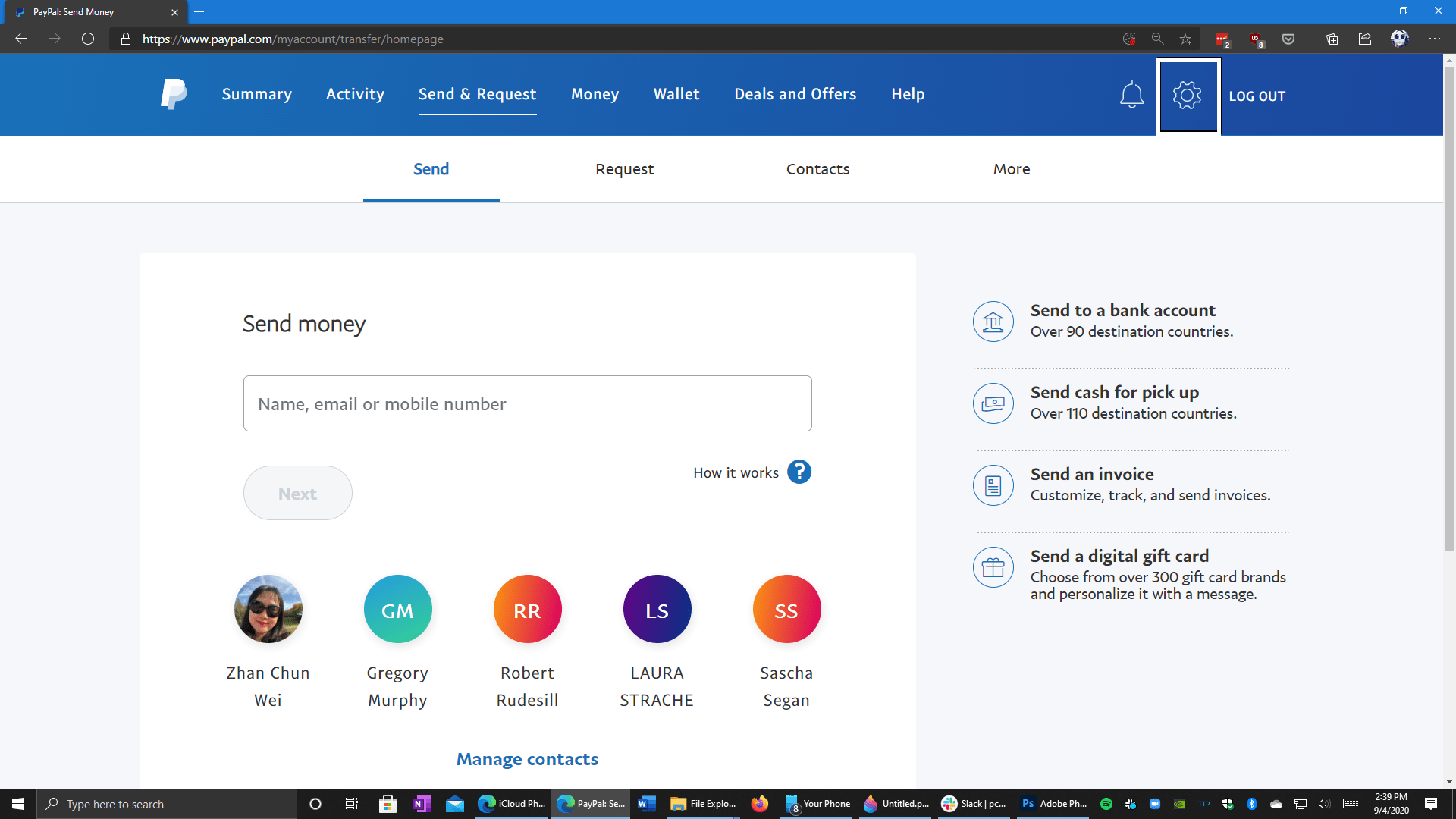
- Select “Security” from the drop-down menu.
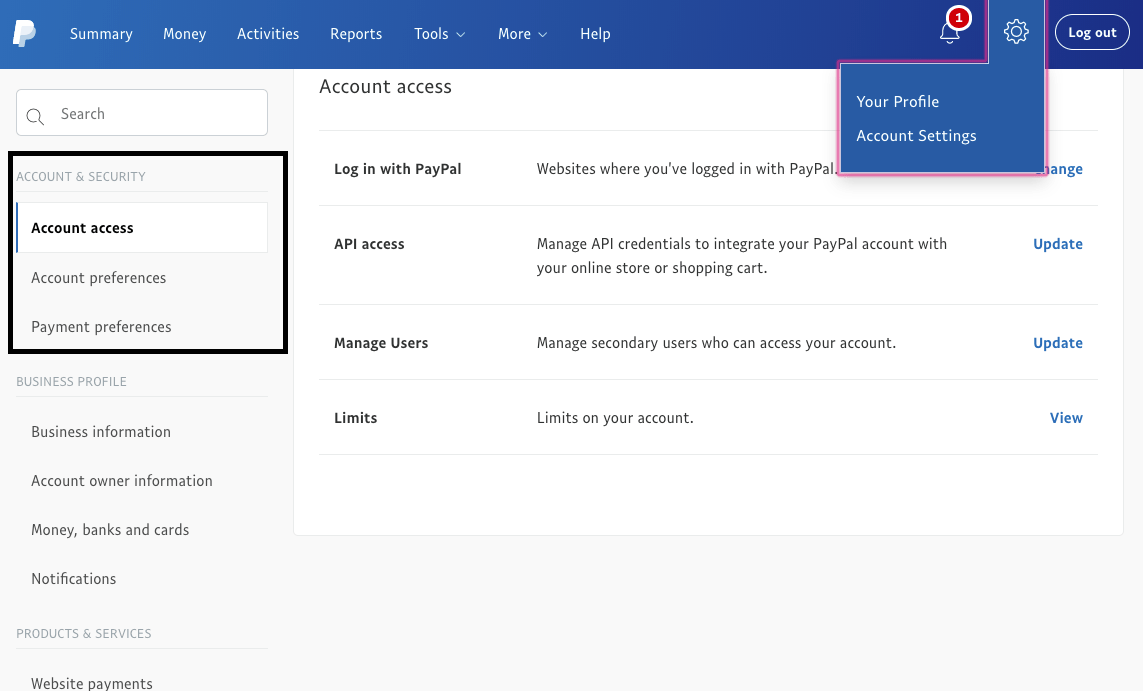
- Review the security settings to ensure that they are not preventing you from accessing certain features or functionality of the website.
- Check for two-factor authentication (2FA) and make sure it is enabled and that you have access to the phone number or email that is associated with your PayPal account.
- Lastly, if you see any security settings that may be causing the error, change them accordingly.
4. Check Your IP Address
Make sure that your IP address is not blocked by PayPal’s security settings. To check your IP address to resolve a PayPal error 403 forbidden, you can follow these steps:
- Go to a website that displays your IP address, such as “whatismyIP.com“
- Note down your current IP address.
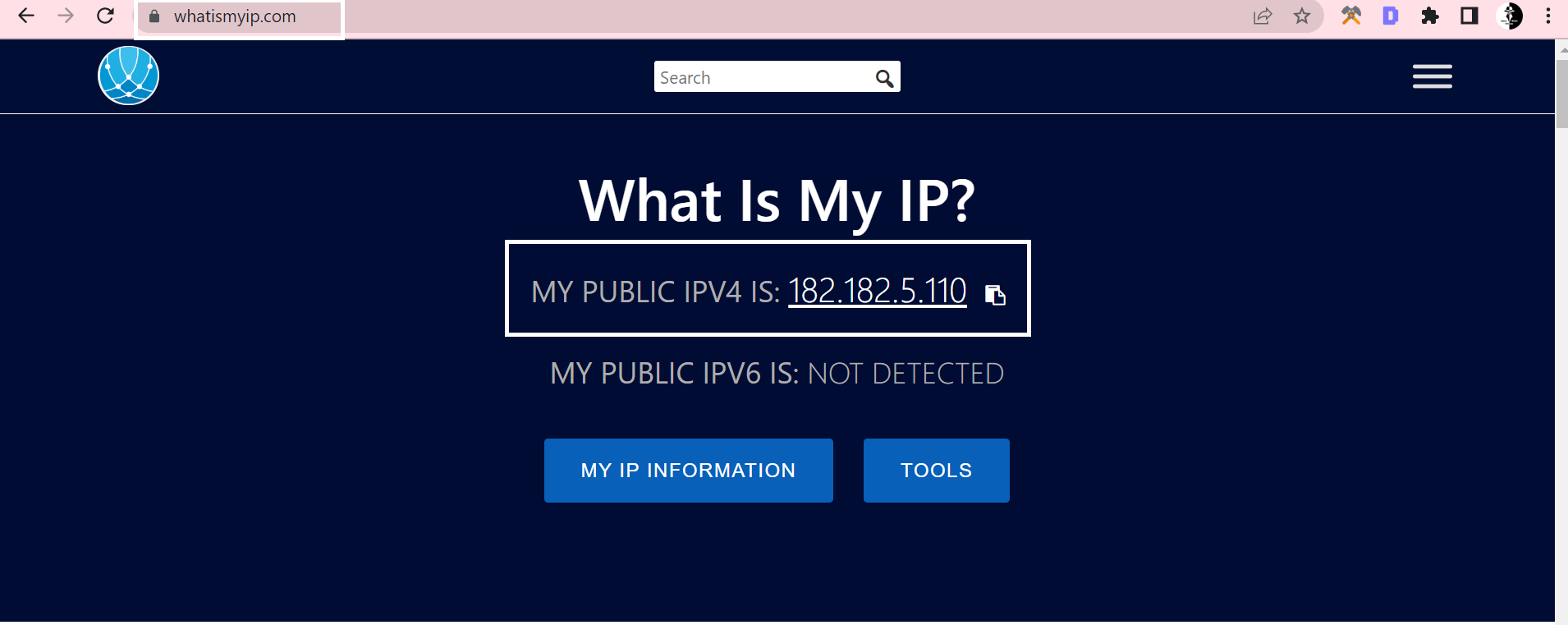
- Log in to your PayPal account.
- Click on the icons of “Settings” on the top right of the page.
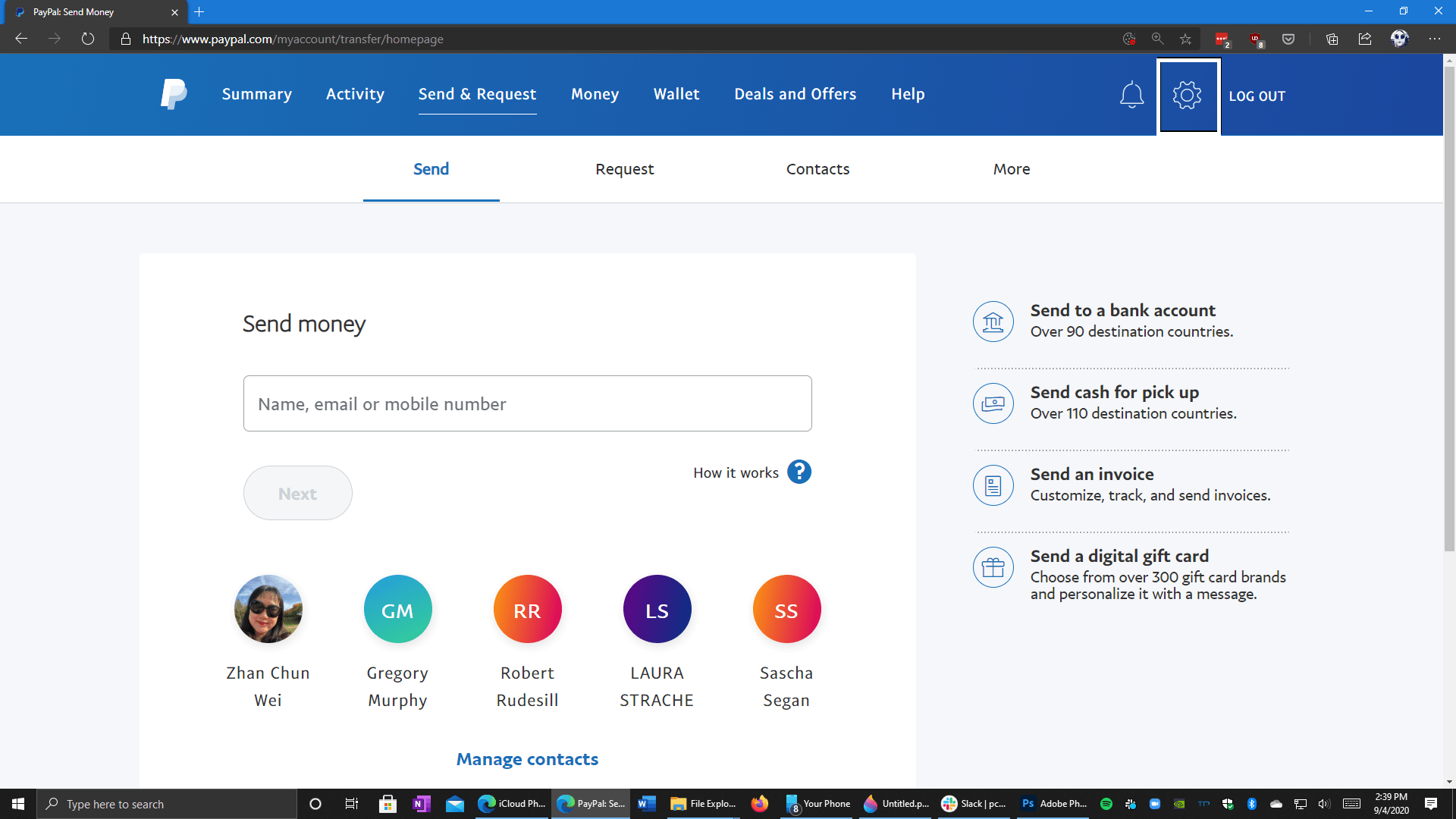
- Select “Security” from the drop-down menu.
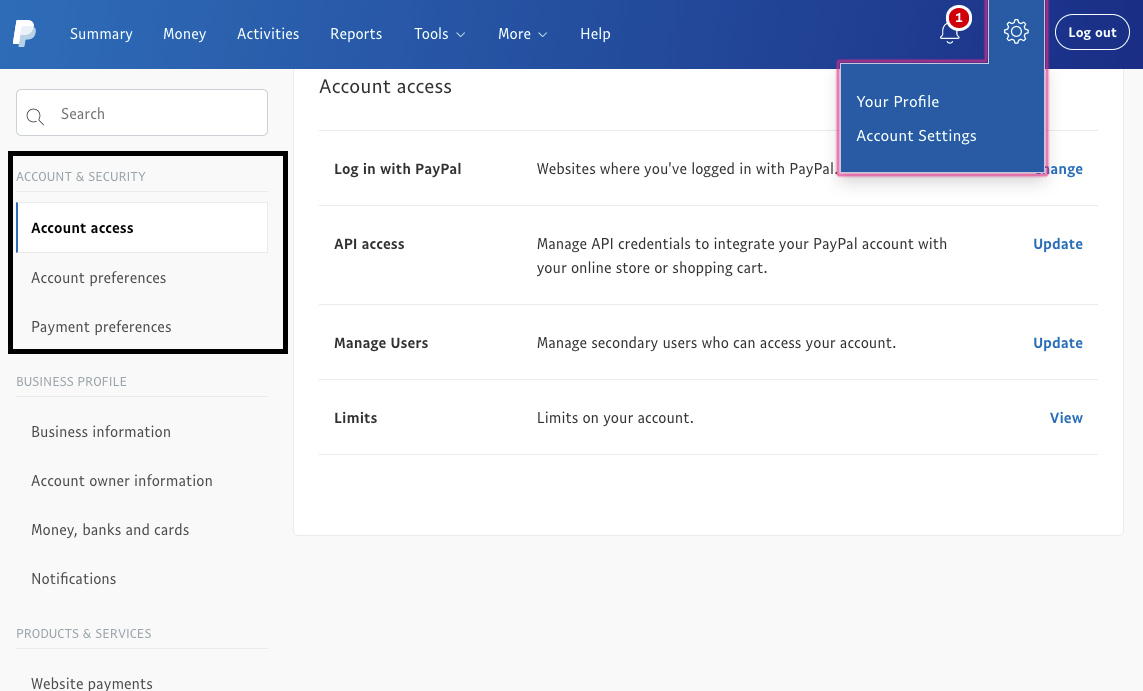
- Scroll down to the “Blocked IPs” section and check if your IP address is listed there.
From here, if your IP address is listed, contact PayPal support to request unblocking your IP. Else, if your IP address is not listed, in that case, check if you are using a VPN or proxy server, which may be causing the error. In case you are using a VPN or proxy server, try disabling it and accessing the website again. If you are still unable to access the website, contact PayPal support (Fix 10) for further assistance.
5. Check Your Browser Settings
Disable any browser extensions or settings that may be blocking the PayPal website, such as ad-blockers or privacy settings. To check your browser settings to resolve a PayPal error 403 forbidden, you can follow these steps:
- Open your web browser.
- Check if you have any browser extensions installed that may be blocking the PayPal website, such as ad-blockers, privacy settings, or browser-specific security settings.
- Disable any extensions or settings that may be blocking the PayPal website.
- Check your browser’s privacy settings; if it’s set to “high” or “strict“, try to lower it to “medium” or “low“.
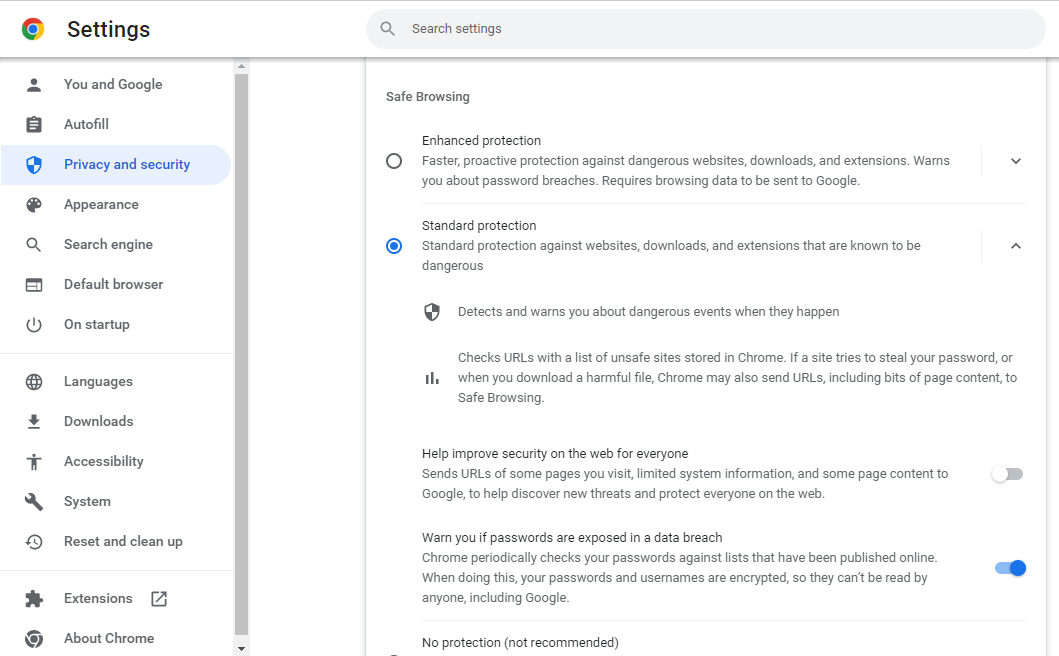
- Clear your browser’s cache and cookies because outdated or corrupted data in your browser can cause issues while accessing the website.
- Try accessing the PayPal website again.
- If you are still unable to access the website, try using a different web browser.
6. Check Your Internet Connection
Make sure your internet connection is stable and you can access other websites. To check your internet connection settings to resolve a PayPal error 403 forbidden, you can follow these steps:
- Test your internet connection speed and stability so that you can access other websites.
- Try restarting your router or modem to reset your internet connection.
- Make sure you have connected your device to the right network.
- Check if your device is set to use the correct DNS settings.
- If you are connected wirelessly, try connecting via a cable connection to see if it fixes the problem.
- Check if your device’s firewall or antivirus software is blocking the connection to Paypal. If so, you may need to add Paypal to your list.
- If you are still unable to access the website, try connecting to a different network or contact your internet service provider for further assistance.
7. Check the Server Status
Visit PayPal’s website or contact PayPal support to check if any known server issues may be causing the error. To check the server status to resolve a PayPal error 403 forbidden, you can follow these steps:
- Visit Paypal’s website and look for any notifications or announcements about server issues or maintenance.
- Check social media channels, such as Twitter or Facebook, for any updates from Paypal about server issues or outages.
- Check online service status trackers, such as Downdetector.com, to see if other users are reporting issues with Paypal’s servers.
- Contact Paypal support to inquire about the current status of their servers and if they are aware of any issues that may be causing the error.
- Keep an eye out for any updates from Paypal or their support team, and follow their instructions.
8. Clear Your Browser’s Cache And Cookies
Clearing your browser’s cache and cookies can help you to resolve issues caused by outdated or corrupted data in your browser. To clear your browser’s cache and cookies to resolve a PayPal error 403 forbidden, you can follow these steps:
For Google Chrome
- Open your web browser.
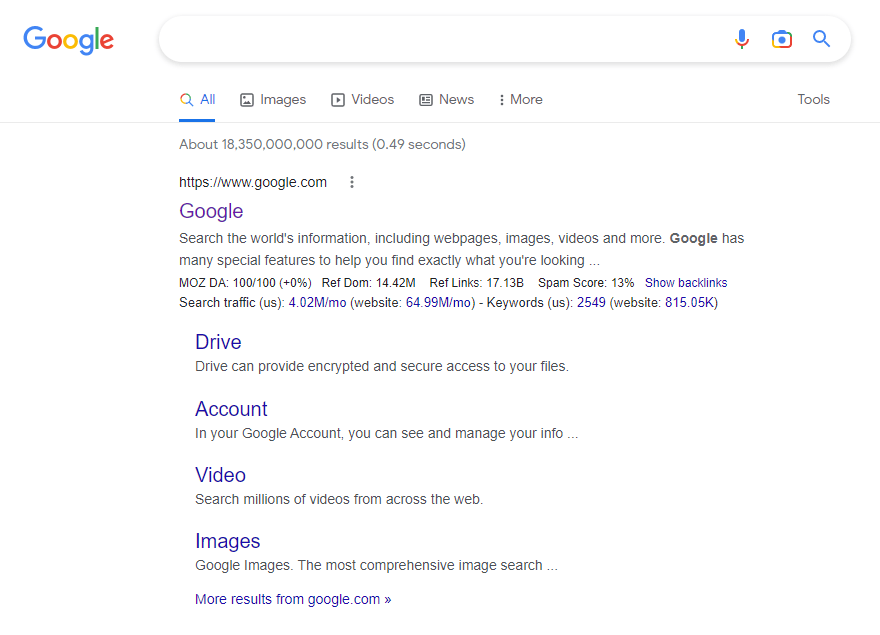
- Go to the browser’s settings or preferences.
- Look for the option to clear your browser’s cache and cookies, which is usually found under the “Privacy” or “History” settings.
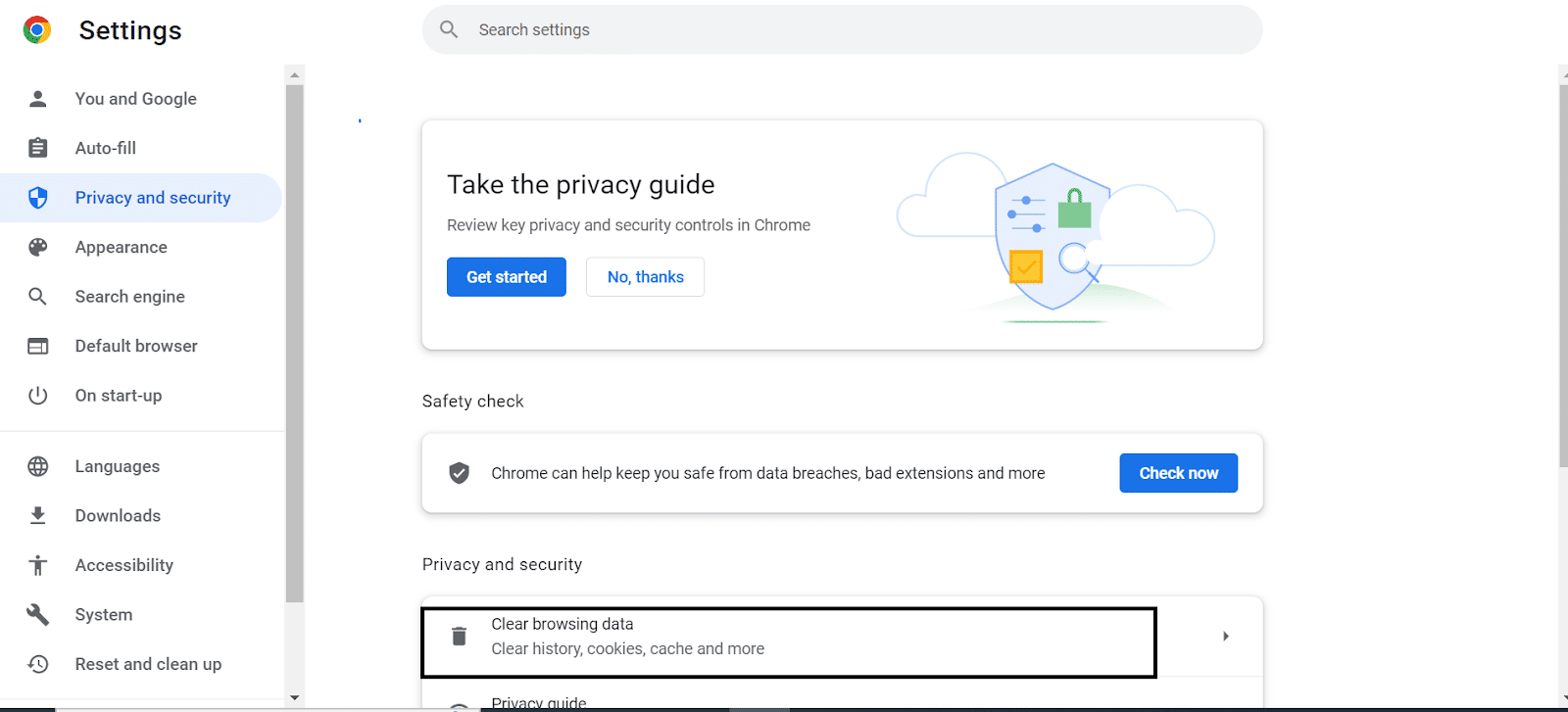
- Click on the Clear data option to clear your browser’s cache and cookies.
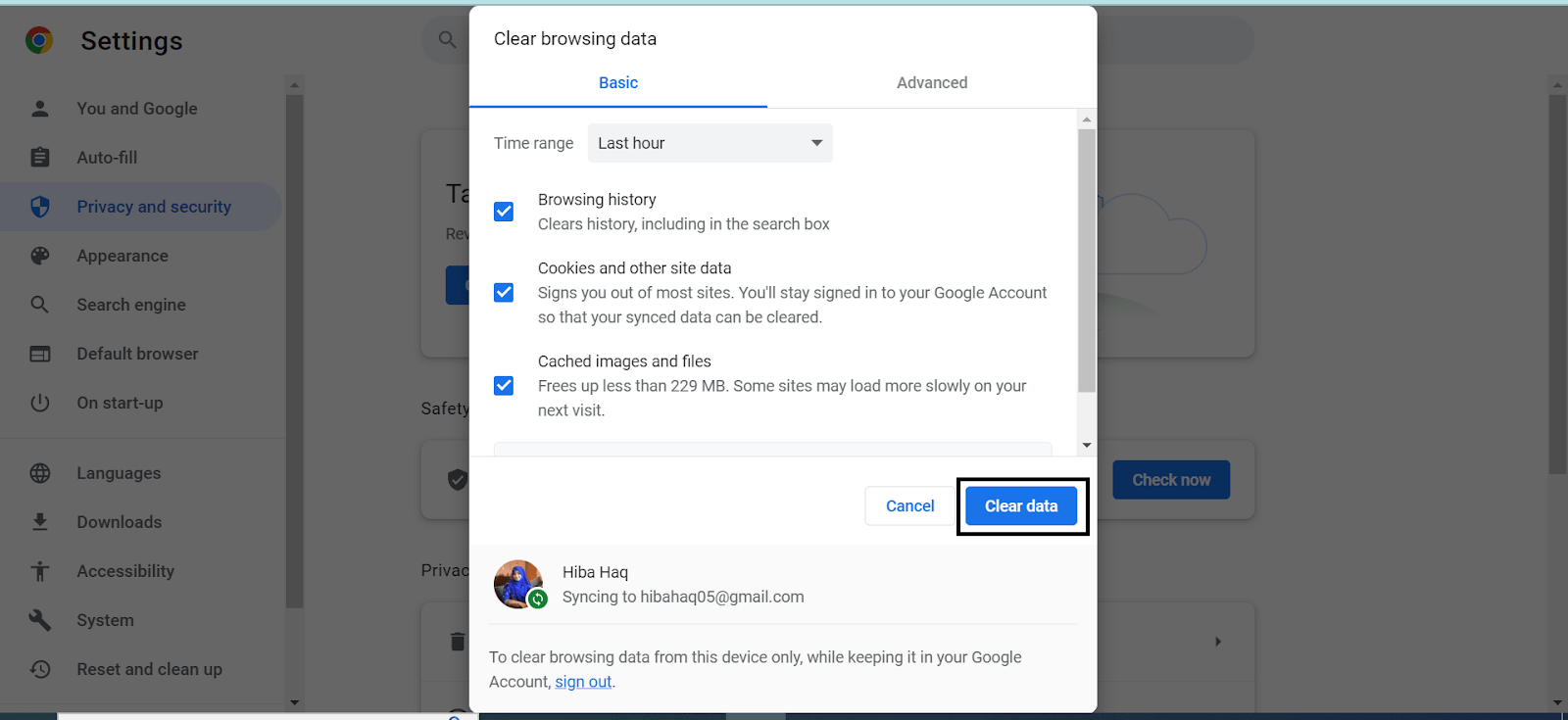
- Confirm the prompt to clear your browser’s cache and cookies.
- Restart your browser
- Try accessing the PayPal website again.
For Safari (macOS)
- First, with Safari launched, from the Menu Bar, click Safari and select “Preferences…”

- At the following window, choose Advanced from the top bar, and tick the box next to “Show Develop menu in bar”.

- Subsequently, from the menu bar, click Develop, and select Empty Caches.

- After that, you can clear your search history and even more Site Data and Cookies. To do this, from the Menu Bar, click Safari, and choose “Clear History…”.
- Lastly, click Clear History at the following window.

9. Try Accessing Paypal From a Different Device or Internet Connection
If you are still facing the issue after trying the fixes to access your PayPal account, then try another device and try to access your account from there, or check the internet connection to see if the problem is device-specific or internet connection-specific.
10. Contact Paypal Support
If you have tried all of the above solutions and are still experiencing the error, contact PayPal support for assistance with resolving the issue. To contact PayPal support to resolve a PayPal error 403 forbidden, you can follow these steps:
- Go to the Paypal website and log in to your account.
- Click on the “Help & Contact” link at the bottom of the page.
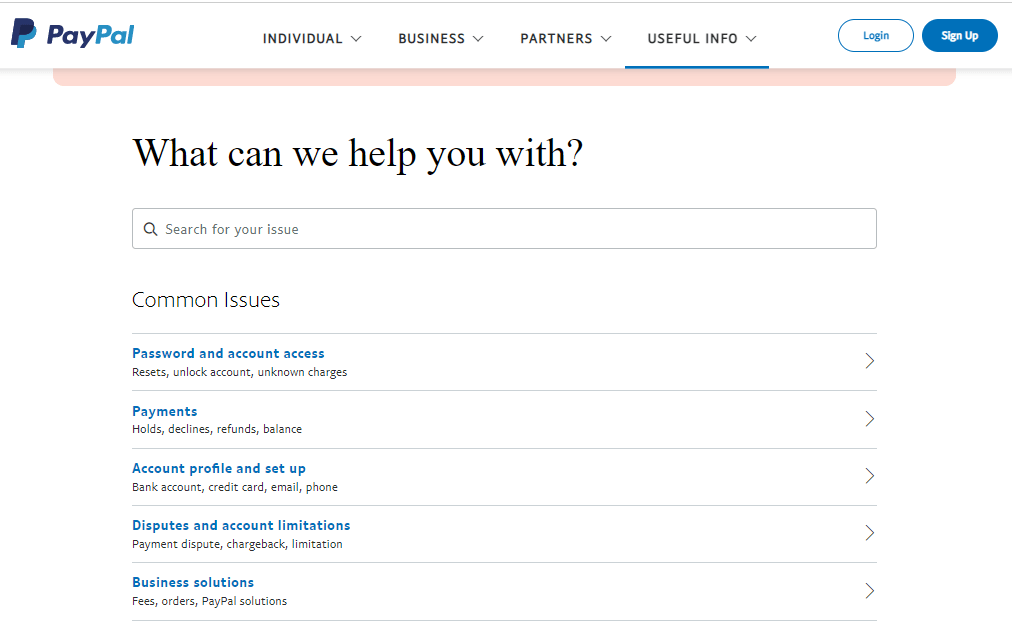
- Select the type of issue you are experiencing, such as “Logging in” or “Account Limitations.“
- Click on the “Contact Us” button.
- Choose the most appropriate contact method, such as email, phone, or live chat.
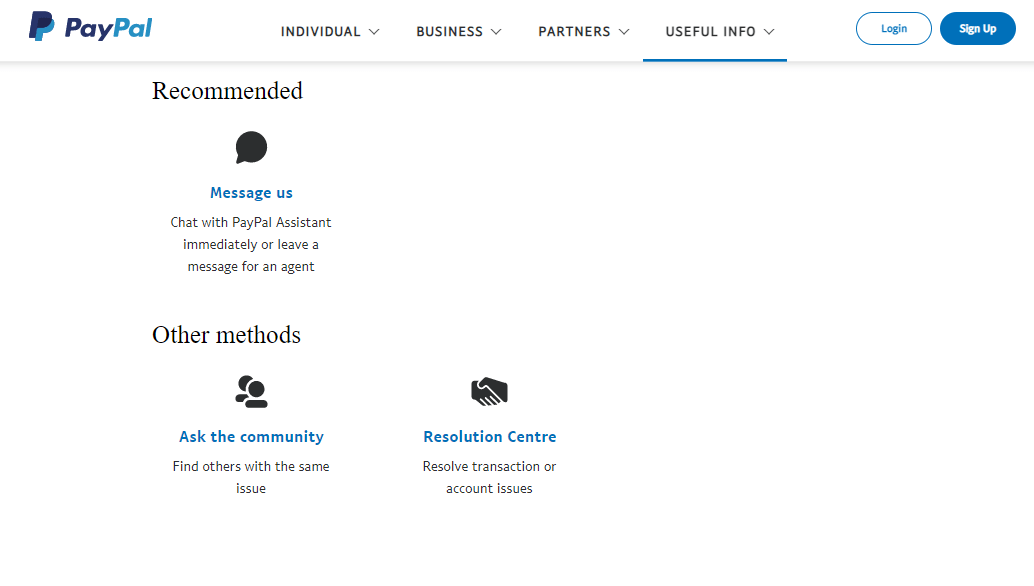
- Follow the prompts to provide your contact information and a detailed explanation of the issue you are experiencing.
- The PayPal support team will investigate the issue and provide you with a solution or further instructions.
Conclusion
Paypal is not just about the convenience of sending and receiving money for users but the platform also prioritizes security and privacy, protecting your personal information and financial details with advanced encryption and fraud detection technology. So whenever you see an error 403 forbidden Paypal issue message, you do not need to worry about it because this may be done for security reasons and your good.
Many different reasons can cause the Paypal error 403 forbidden issues because this is a very common issue that can happen while performing transactions.
However, If you are facing the issue, then this guide is for you. So, go through this guide and find a different solution to resolve your issue with simple and easy instructions.
Finally, let us know in the comments:
- Are you using PayPal according to its terms and conditions?
- Did any of the above-mentioned fixes work for you?
- Is there any other fix you can suggest?
We hope this information is helpful! Let us know if you have any other queries or if you want to give any other information related to this issue; we are open to suggestions!
